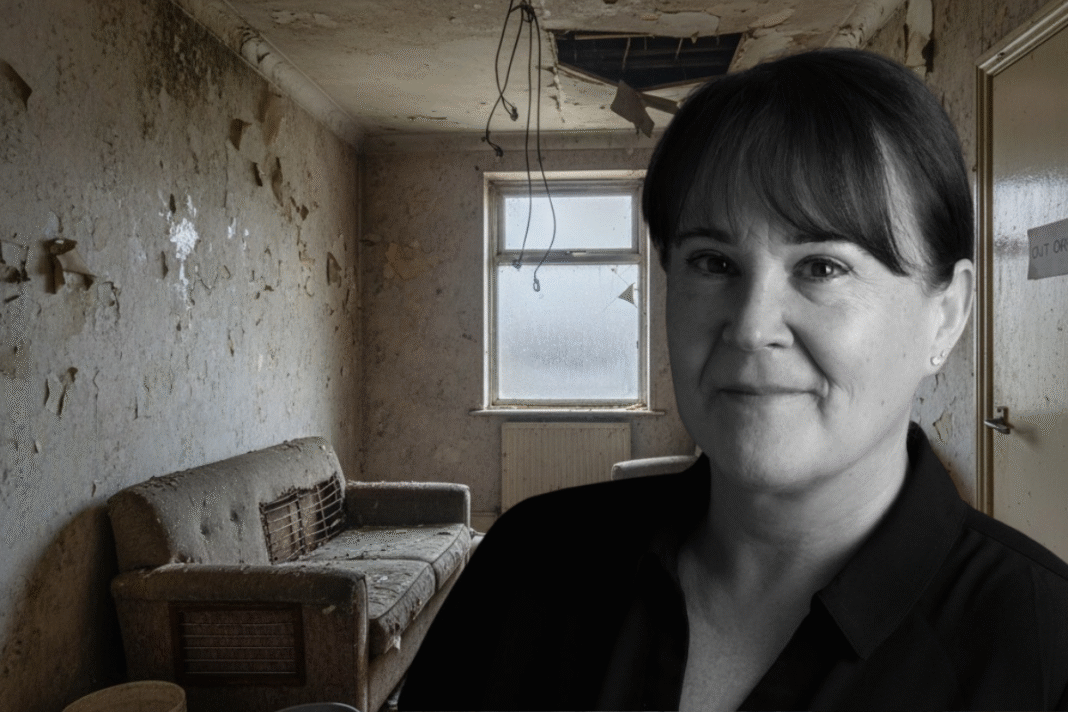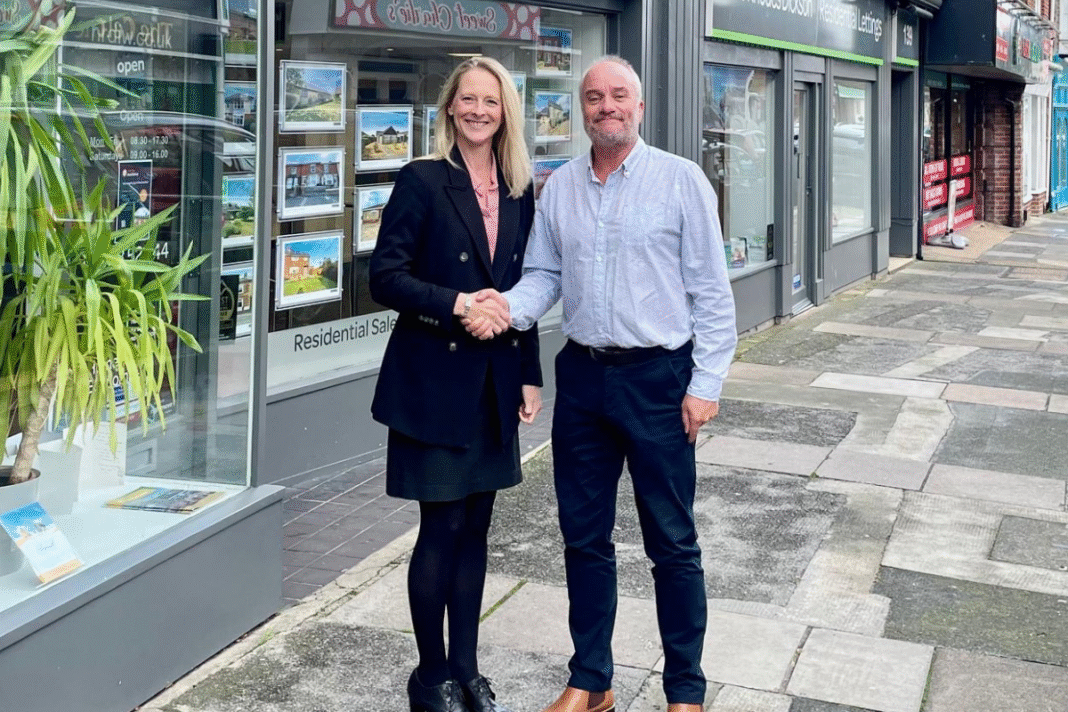Thousands of houses in multiple occupation (HMOs) across England still contain serious safety hazards despite new legal powers designed to tackle unsafe rented housing.
Fresh analysis by Inventory Base has found that more than 2,300 HMOs contain a Category 1 hazard – the most severe level under the government’s Housing Health and Safety Rating System (HHSRS), representing an immediate risk to life or serious injury.
Category 1 hazards include fire risks, severe structural damage, electrical faults and excess cold – all deemed capable of causing death, permanent paralysis or serious illness.
The findings come as the Renters’ Rights Act comes into force, giving local authorities stronger powers to identify and penalise landlords who fail to make homes safe.
LIFE-THREATENING
Inventory Base’s analysis of official data shows that 2,334 HMOs – about 1.8% of England’s total stock of 131,000 properties – contain at least one Category 1 hazard. Yorkshire and the Humber has the highest proportion of affected homes, at 3.2%, followed by London (2.7%) and the South East (2.1%).
There has been some progress: the number of hazardous HMOs has fallen by nearly a fifth (-18.8%) since 2022/23.
The South West recorded the biggest improvement, down 64.4%, followed by the East of England (-54.8%) and the North West (-49.5%).
However, other regions have moved in the opposite direction.
In the North East, the number of HMOs with serious hazards has risen 130% in a year, while the West Midlands is up 70.7%, the South East 35.1%, and the East Midlands 33.3%.
ENFORCEMENT ACTION
With councils now empowered to take swifter enforcement action under the new legislation, analysts expect greater scrutiny of unsafe homes – although outcomes are likely to depend on local funding and capacity.
Sián Hemming-Metcalfe (main picture, inset), Operations Director at Inventory Base, says: “Category 1 hazards aren’t technicalities – they’re life-threatening. Every faulty wire, every structural weakness, every unchecked fire risk represents a potential tragedy.
“The fact that thousands of HMOs are still unsafe shows how far we are from making rented housing genuinely fit for purpose. For too long, weak enforcement has let hazards fester.”
“Tenants are the ones who suffer.”
And she adds: “Responsible landlords are held back by those who don’t play by the rules – and tenants are the ones who suffer.
“The Renters’ Rights Act draws a line. It finally gives councils the power to act — and landlords the push to fix what’s broken.”










